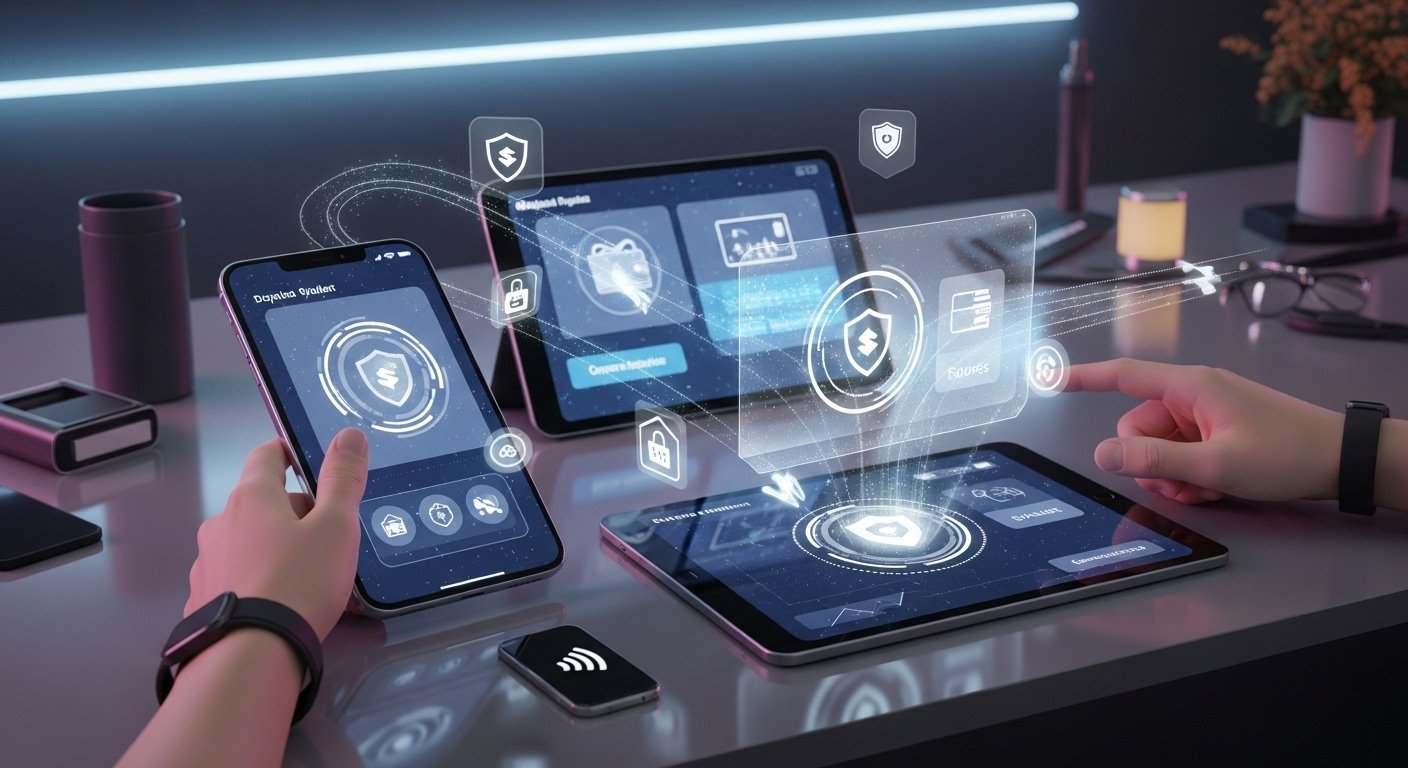
Successful payment methods are the foundation of trust in today’s fast-growing digital world. In 2025, people expect every transaction to be fast, secure, and seamless, whether they are shopping online, using mobile apps, or paying in stores. Over the years, digital payments have evolved from simple card swipes to advanced tools like mobile wallets, contactless technology, and even cryptocurrency.
These changes not only improve convenience but also reduce risks of fraud and errors. In this guide, we will explore the latest innovations, technologies, and security trends shaping digital transactions. The goal is to show how businesses and consumers can achieve safe, reliable, and truly successful payment experiences.
Why Safe and Successful Payments Matter
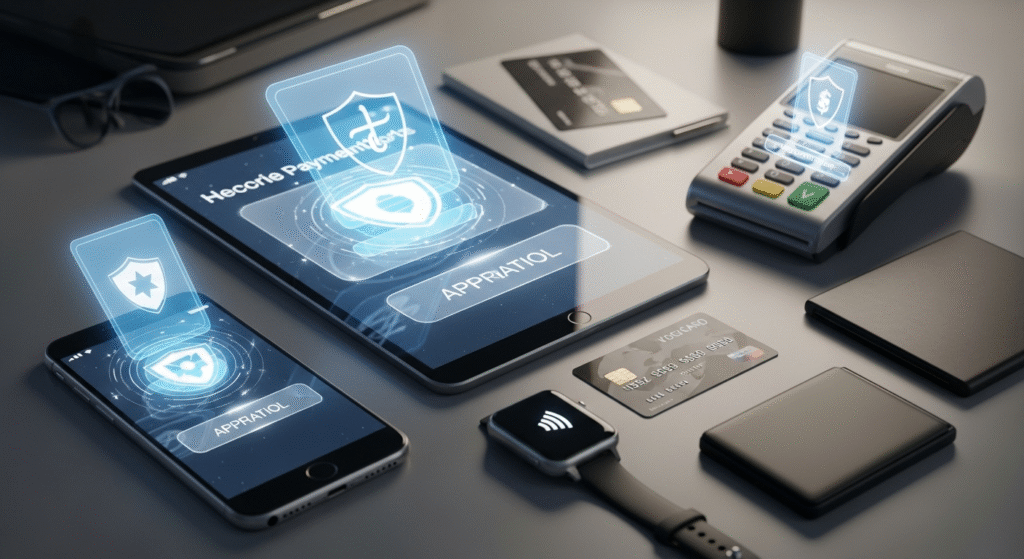
In 2025, the need for safe and successful payment methods has never been greater. With the rise of online shopping, freelancing, and digital services, customers expect transactions to be smooth and secure. A successful payment builds trust between a business and its clients, while a failed one creates frustration and damages relationships. Businesses that prioritize safe systems see higher customer satisfaction, loyalty, and repeat sales.
Fraud and chargebacks remain big concerns in the digital world. When transactions fail or appear suspicious, both customers and companies lose money. That is why ensuring a successful payment is about more than convenience—it is also about protection. Secure systems verify identities, prevent scams, and minimize the risk of fraud. This reduces financial stress for businesses and helps buyers feel confident when entering their payment details online.
Safe and successful payment systems also support business growth. By offering reliable methods, companies can expand globally without worrying about cross-border fraud or unnecessary delays. Customers from any location feel assured that their money will reach the intended business quickly and safely. With the right setup, successful payment processes become seamless and effortless for both sides.
Traditional Payment Methods Still in Use
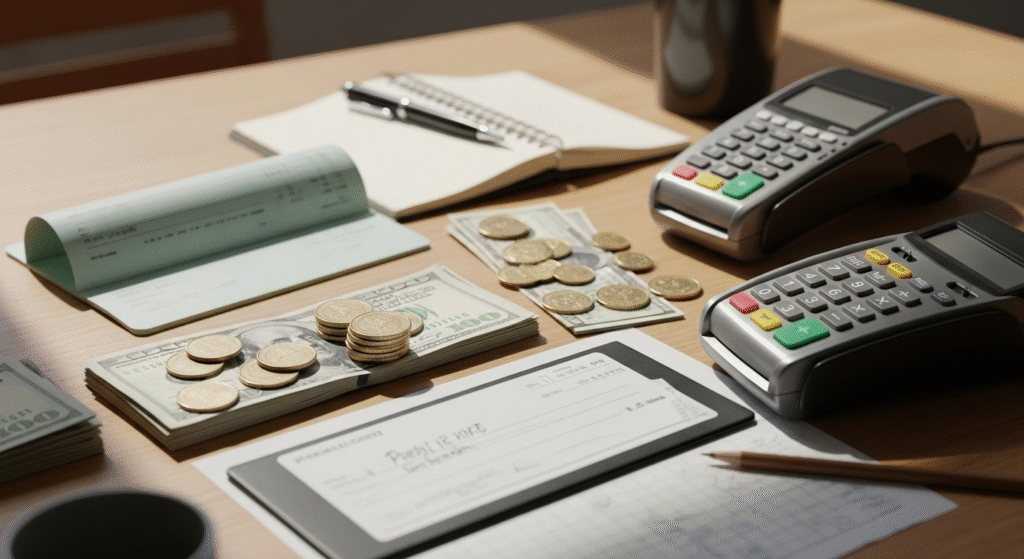
Even in 2025, traditional methods continue to play a role in successful payment systems. Credit and debit cards remain popular because they are widely accepted and easy to use. Customers trust them since banks often provide fraud protection and quick dispute resolution. A successful payment made through a card gives buyers peace of mind and ensures businesses receive funds without delays.
Bank transfers are another method still in use. They are considered safe and reliable, especially for large payments. In recent years, banks have upgraded security measures with two-factor authentication and encrypted systems. These improvements reduce the risk of fraud and increase the chance of a successful payment. However, bank transfers can sometimes be slower compared to digital wallets or instant payment apps.
While traditional methods remain relevant, they do have limitations. Cards may involve transaction fees, and bank transfers often take longer to process. In today’s fast-paced environment, customers expect a successful payment to happen instantly. Waiting for a bank transfer to clear or dealing with card declines can frustrate users.
The Rise of Mobile Wallets

Mobile wallets have quickly become one of the most popular ways to guarantee a successful payment in 2025. Services like Apple Pay, Google Pay, and Samsung Pay are widely accepted in stores and online platforms. These tools make transactions fast, convenient, and secure. With just a tap of a phone or smartwatch, customers can complete a successful payment without carrying physical cards or cash.
One of the biggest advantages of mobile wallets is the advanced security they provide. Biometric authentication, such as fingerprint scanning or facial recognition, ensures only the authorized user can approve a successful payment. In addition, mobile wallets use encryption and tokenization to hide sensitive card details. This means hackers cannot easily access a user’s financial information.
Mobile wallets are not just about security—they also enhance convenience. Users can store multiple cards, loyalty programs, and even tickets in one place. This makes the process of making a successful payment faster and smoother. Instead of entering details manually, all it takes is a quick scan or tap.
For businesses, accepting mobile wallets improves customer satisfaction. Shoppers are more likely to complete a successful payment when the process is simple and stress-free. As more retailers adopt contactless technology, mobile wallets continue to grow as the preferred choice for digital transactions
Blockchain and Cryptocurrency Transactions
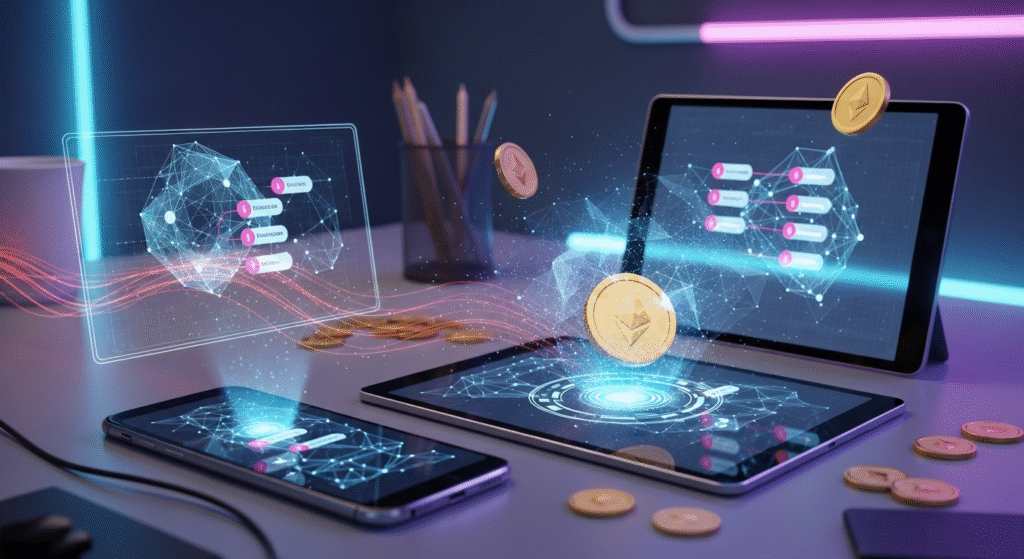
Blockchain technology has transformed the way people think about a successful payment. In 2025, more businesses are accepting cryptocurrency because it offers transparency, security, and global reach. A successful payment made with blockchain is verified on a decentralized ledger, which means there is no single point of failure. This makes fraud, chargebacks, and manipulation far less likely compared to traditional systems.
One of the biggest advantages of blockchain is that it creates trust without needing middlemen. Every transaction is recorded and cannot be changed, ensuring accuracy and honesty. For customers, this means a successful payment is confirmed quickly and safely, even across borders. For businesses, it reduces costs by eliminating expensive banking or processing fees.
Cryptocurrencies like Bitcoin, Ethereum, and stablecoins are now used for everyday purchases. They allow users to make a successful payment instantly, whether they are buying products, paying freelancers, or transferring funds internationally. With mobile wallets supporting crypto integration, using digital coins has become as easy as tapping a phone.
Security is another reason blockchain is growing in popularity. Advanced encryption and decentralized verification keep sensitive information safe. This ensures each successful payment is secure against fraud or hacking attempts.
Although challenges like price volatility and regulation remain, stablecoins and government-backed digital currencies are helping to solve these issues. Many countries are launching their own Central Bank Digital Currencies (CBDCs) to make successful payments faster and more reliable for everyone.
Contactless Payments and NFC Technology
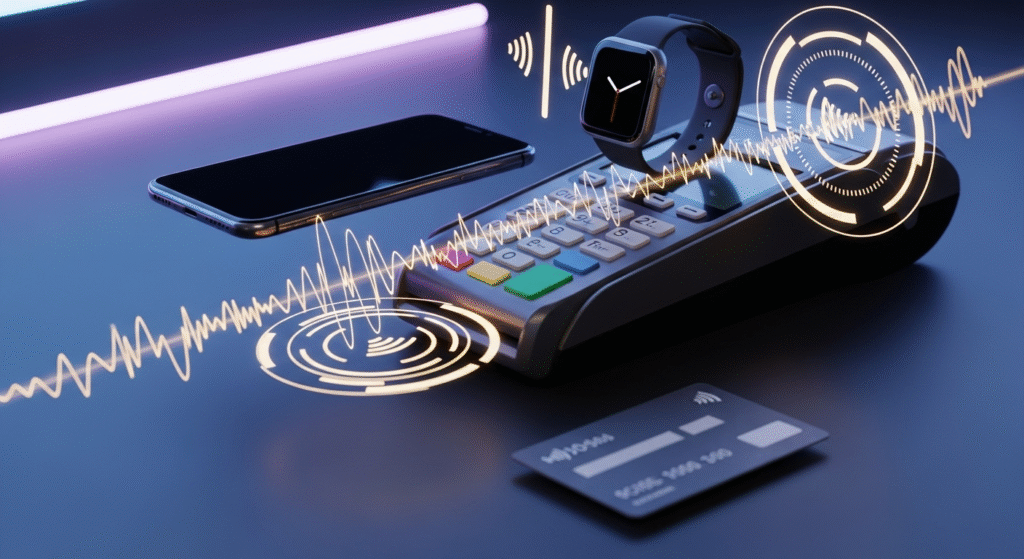
Contactless payments are now one of the most convenient ways to make a successful payment. Using Near Field Communication (NFC) technology, customers can simply tap their card, phone, or smartwatch at a payment terminal. This quick and secure method has grown massively in popularity, especially after the pandemic, when people preferred touch-free transactions.
The biggest benefit of contactless payments is speed. A successful payment takes only a few seconds, reducing checkout lines and saving time. For customers, it eliminates the need to enter PINs or sign receipts for small purchases. For businesses, faster transactions mean serving more customers efficiently while improving satisfaction.
Security is another key feature. Each successful payment is encrypted and generates a unique transaction code. This makes it extremely difficult for hackers to steal information, even if the card details are compromised. Many contactless systems also include spending limits, adding another layer of protection.
NFC technology is widely supported by banks, retailers, and mobile wallets. This means customers can use the same device for multiple payment types, whether through a debit card, credit card, or mobile app. The flexibility increases the chances of a successful payment no matter where the customer shops.
In 2025, contactless payments are not limited to in-store purchases. They are used for public transport, vending machines, and even events. The ability to tap and pay without delays has made them a preferred option for busy lifestyles.
AI and Machine Learning in Payment Processing
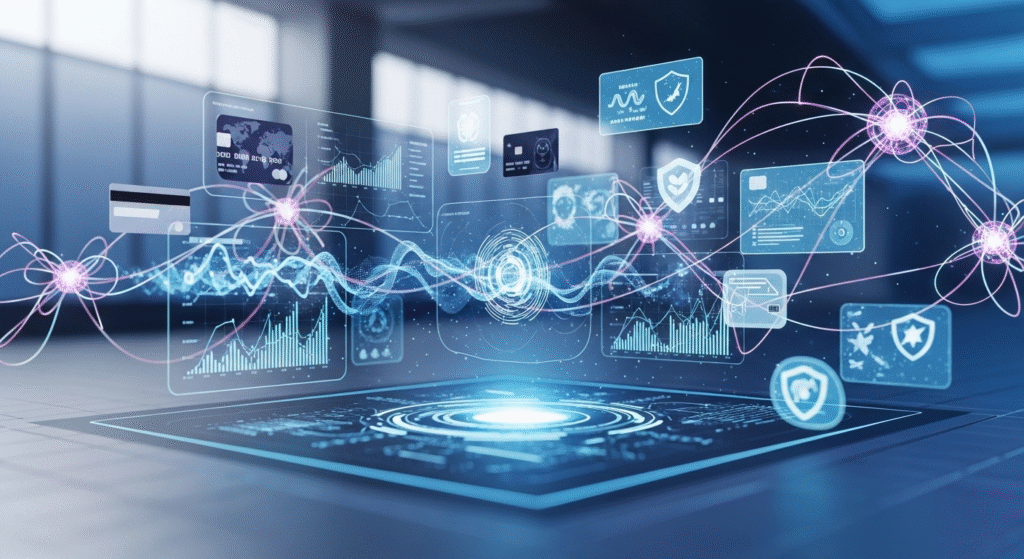
Artificial Intelligence (AI) and Machine Learning (ML) are changing how businesses manage a successful payment. These technologies can analyze huge amounts of data in real time, spotting unusual patterns and preventing fraud before it happens. For both customers and companies, AI makes each successful payment smoother, faster, and more secure.
One of the biggest benefits of AI is fraud detection. Payment processors can identify suspicious activity, such as a transaction coming from a new device or location, and flag it instantly. This ensures that the customer’s account remains safe while still allowing legitimate transactions to go through. The result is a higher chance of every successful payment being completed without delays or errors.
AI also improves the customer experience. By studying spending behavior, it can recommend the best payment method, predict when a customer might prefer a certain wallet, or even automate recurring payments. This level of personalization ensures that a successful payment feels effortless and stress-free.
Machine Learning goes a step further by constantly improving systems over time. As it processes more data, it becomes better at predicting fraud, reducing errors, and increasing approval rates. Businesses benefit because fewer transactions are declined, and customers enjoy the confidence of knowing their successful payment will go through reliably.
In 2025, AI is also used in customer support. Chatbots and virtual assistants can help resolve payment issues quickly, guide users through refund processes, or confirm whether a successful payment has been received. This reduces frustration and saves time for both businesses and their clients.
Biometric Security in Payments
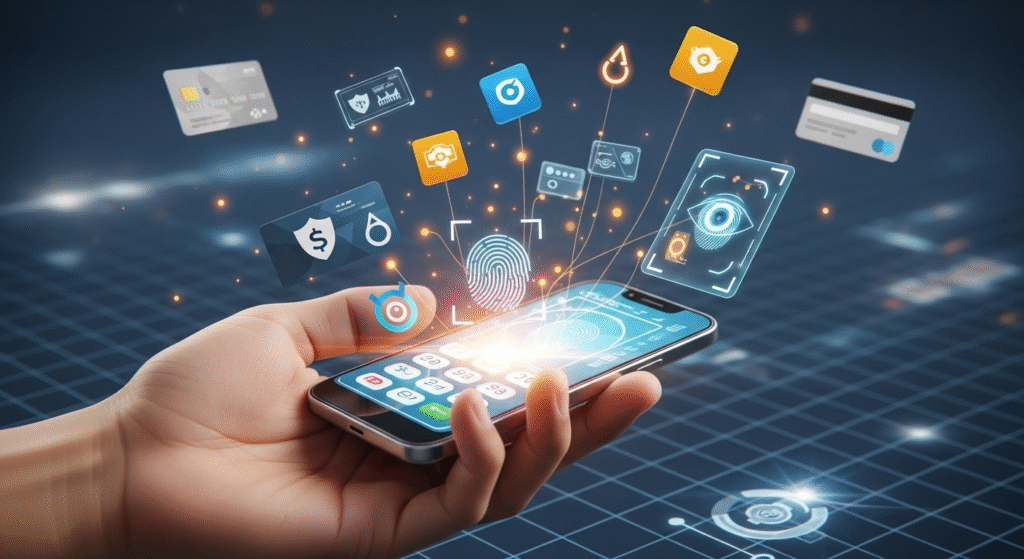
Biometric security is becoming a key part of achieving a successful payment in 2025. Instead of relying only on passwords or PINs, more businesses are using fingerprints, facial recognition, and even voice verification to confirm transactions. This makes every successful payment more secure, because biometrics are nearly impossible to duplicate.
The use of biometrics improves both security and convenience. Customers can approve a successful payment by simply looking at their phone, scanning a fingerprint, or using a facial recognition system. This eliminates the risk of stolen passwords or forgotten PINs, making the process faster and safer.
Biometric systems also reduce fraud significantly. Hackers may be able to steal login details, but they cannot replicate a person’s fingerprint or face easily. By adding this layer of protection, businesses ensure that every successful payment is made only by the rightful owner.
Another benefit is user experience. Biometrics reduce the number of steps needed to complete a successful payment. For example, mobile wallets now allow users to tap and scan in seconds, making transactions seamless. This efficiency has led to more people adopting biometric systems in their daily spending.
In industries like banking and e-commerce, biometric technology is now standard. Many apps require fingerprint scans or facial verification before allowing payments. This not only ensures a successful payment but also builds customer trust in the brand.
Cross-Border and International Payments
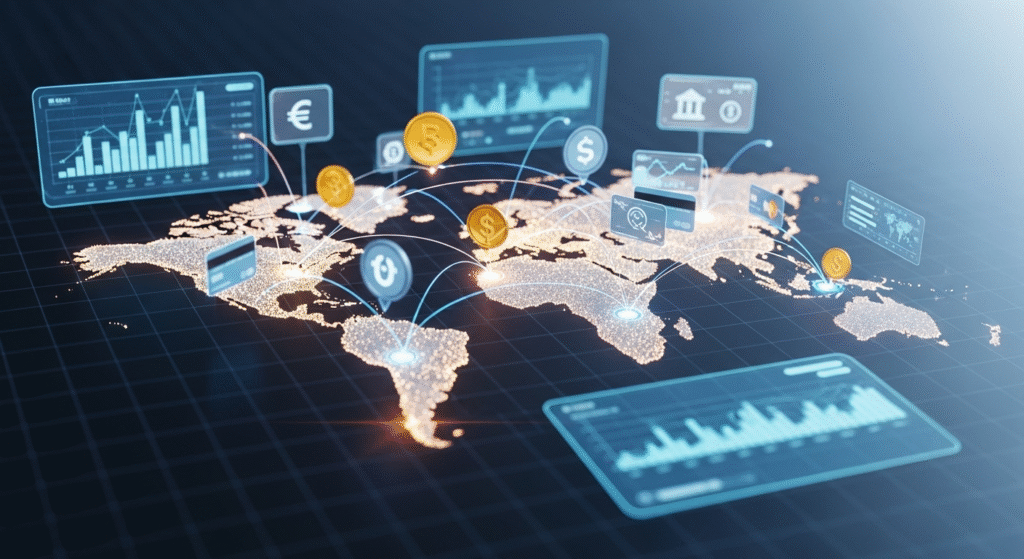
Cross-border payments are essential in today’s global economy, and making a successful payment across countries has become easier in 2025. With businesses and freelancers working worldwide, international transactions need to be fast, affordable, and secure. New systems are making this process much smoother.
In the past, international transfers took days and came with high fees. Today, advanced technology allows a successful payment to be completed in minutes, even across continents. Payment processors now use blockchain, digital wallets, and global banking networks to speed up the process.
One major advantage is reduced costs. By cutting out unnecessary middlemen, businesses and individuals can send money abroad with lower fees. This makes each successful payment not only faster but also more affordable.
Security has also improved greatly. Systems now use encryption and multi-factor authentication to make sure international payments are safe. Customers can track their money in real time, ensuring confidence in every successful payment.
Cross-border payments are also becoming more inclusive. Digital wallets and mobile banking apps allow people in remote areas to receive funds instantly. This has opened opportunities for small businesses and freelancers to work with clients worldwide.
Global e-commerce platforms are also benefiting. When customers in one country buy from another, they expect a successful payment without delays. With modern systems, businesses can now expand globally without worrying about complicated payment barriers.
Digital Payment Platforms for Businesses
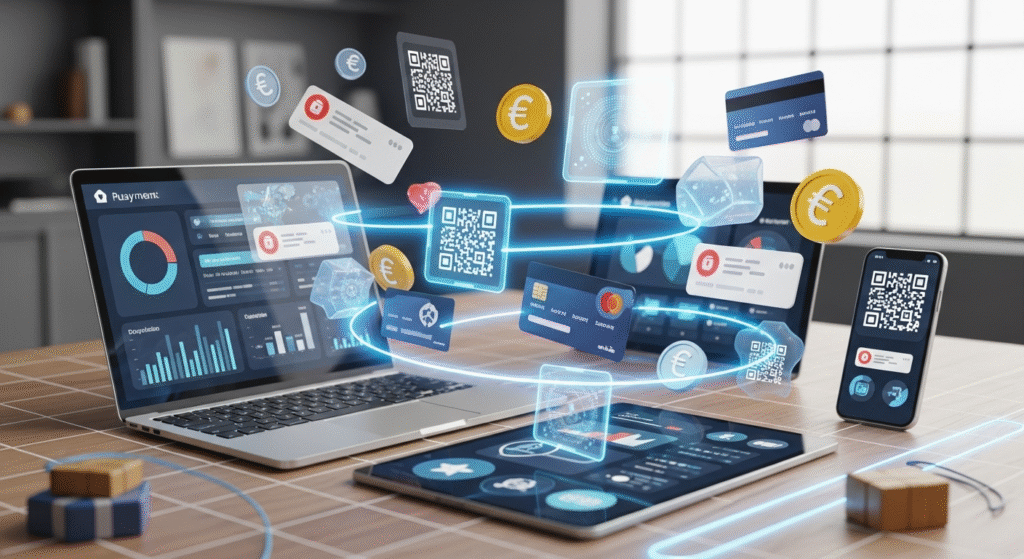
In 2025, digital payment platforms have become the backbone of a successful payment system for businesses of all sizes. Popular options like PayPal, Stripe, Square, and Go High Level (GHL) integrations are giving companies faster, safer, and more flexible ways to handle transactions. Each platform offers unique features, but all share one goal: ensuring every customer has a smooth and successful payment experience.
PayPal remains a trusted name worldwide, known for its security and ease of use. Stripe has become a leader in offering customization and developer-friendly tools, making it ideal for online businesses that want flexibility. Square has built a strong presence with in-person businesses by providing sleek card readers, point-of-sale systems, and affordable solutions. GHL, on the other hand, combines digital payment integration with customer relationship management, helping businesses manage not only transactions but also leads, sales, and communication.
For small businesses, the key to achieving a successful payment process lies in choosing the right platform that matches their needs. Businesses that sell online should prioritize Stripe or PayPal for global reach, while service providers may prefer GHL because of its all-in-one automation features. Retail stores often lean toward Square for quick, secure in-person transactions.
Best practices for small businesses in 2025 include offering multiple payment options, keeping systems updated, and training staff to handle transactions efficiently. It’s also important to use security features like encryption, tokenization, and two-factor authentication to ensure every successful payment is processed safely.
The Future of Safe Digital Transactions
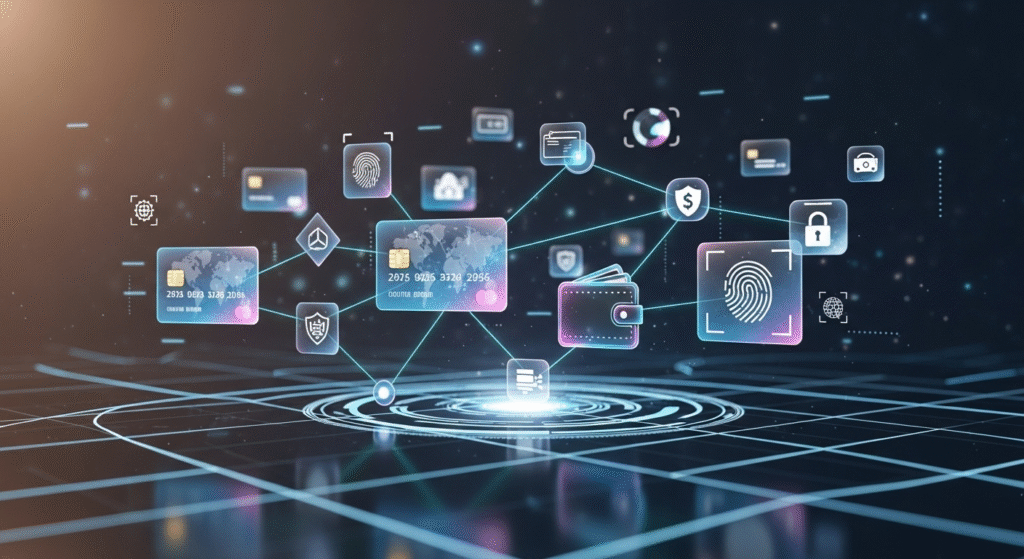
The future of safe digital transactions is evolving quickly, with new technology ensuring that every successful payment is faster and more secure than ever before. In 2025, one of the biggest breakthroughs is the use of quantum encryption, which makes it nearly impossible for hackers to intercept or decode sensitive financial data. This technology is expected to shape the way payment systems work in the next decade.
Next-generation payment systems will combine speed, security, and global access. Biometric verification, blockchain integration, and AI-powered fraud detection are becoming standard in payment platforms. These features work together to make every successful payment seamless while reducing risks for both customers and businesses. Even small companies will have access to advanced systems that were once reserved for big corporations.
Another prediction is the continued rise of digital wallets and contactless payments. Consumers now expect payments to be completed in seconds, without worrying about swiping cards or handling cash. Businesses that embrace these innovations will not only process a successful payment quickly but also build customer loyalty through convenience.
To prepare for the future, both consumers and businesses need to stay updated on the latest technologies. Customers should learn how to use new tools like biometric verification and digital wallets safely. Businesses, on the other hand, should invest in platforms that offer strong encryption, global reach, and integration with other business tools. Training employees and educating customers will be critical to making sure every successful payment is handled with confidence.
Conclusion
Successful payment methods in 2025 are evolving rapidly to prioritize safety, speed, and customer trust. From digital wallets to AI-driven fraud detection, businesses now have more tools than ever to create a secure and smooth transaction process. Consumers are also benefiting, with faster checkout experiences and stronger security. To succeed, businesses must adopt the platforms and technologies that best match their needs. Whether it’s PayPal, Stripe, Square, or GHL, the goal is the same: ensuring a successful payment every time. Start by staying informed about new trends and tools. By adapting early, you can build trust, reduce risks, and keep your financial future secure.
FAQs
What is a successful payment method?
A successful payment method ensures transactions are completed without errors or delays. It provides both security and convenience for businesses and customers. In 2025, successful payment systems are built to handle large volumes. They reduce risks of fraud and failure. This makes them a trusted choice for digital commerce.
Why are successful payment methods important in 2025?
Successful payment methods build trust between buyers and sellers. They reduce failed transactions and protect sensitive data. In 2025, online payments dominate global trade. Businesses that use secure systems see higher customer satisfaction. That’s why successful payment options are essential today.
Which traditional payment methods are still considered successful?
Credit and debit cards remain successful payment methods in 2025. Bank transfers also continue to play a strong role. With updated security features, these methods are safer than before. They are still widely accepted worldwide. However, they are less advanced than mobile wallets and digital platforms.
How do digital platforms improve successful payments?
Digital platforms like PayPal, Stripe, Square, and GHL make payments smoother. They offer fraud detection and recurring billing options. Small businesses benefit from easy integrations. These tools improve successful payment processing across industries. They also help build customer trust.
